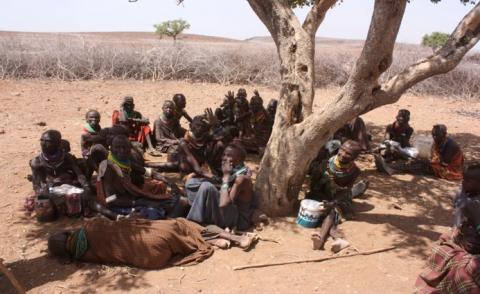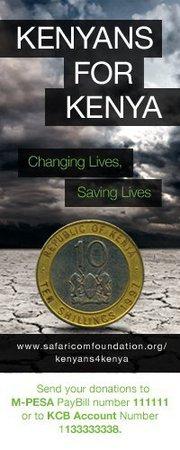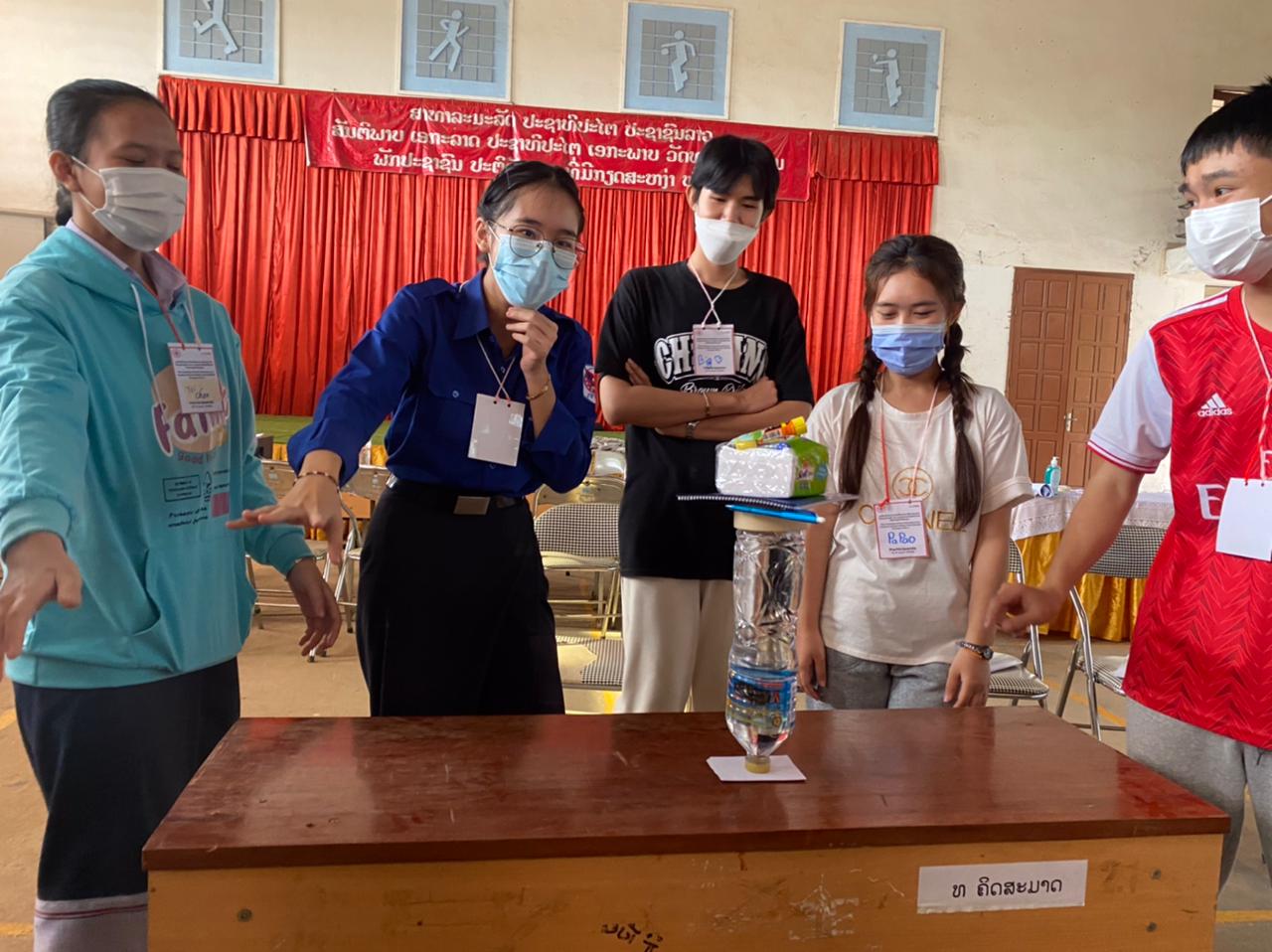Kenyans for Kenya (K4K) Initiative

Throughout 2011 a devastating drought developed in Kenya that was described as the worst drought in 60 years in the Horn of Africa. By mid-year left more than 3.75 Million Kenyans were left with no access to water and food and over 385,000 children under 5 years old were affected by acute malnutrition. Despite the apparent emergency situation the Kenyan Government and international donor community were slow in providing assistance and releasing funds to alleviate the impacts of the drought.

Recognizing the need to create reliable funding streams to combat the loss of lives and livelihoods in the wake of the drought, the Kenyan Red Cross (KRCS) took the lead in creating a coalition with strong private sector representation to lobby individual Kenyans and local corporate organisations to contribute funds towards reversing the fate of the drought-affected Kenyans and restoring the dignity of a people who had been threatened by a worsening drought situation. The initiative, dubbed ‘Kenyans for Kenya’ (K4K), launched a rapid response initiative to raise funds to provide emergency assistance to vulnerable people, particularly children, the elderly, nursing mothers and the sick. The initiative was driven, on behalf of Kenyans, by a steering committee comprising representatives from KRCS, Safaricom Foundation, Kenya Commercial Bank Foundation, Gina Din Corporate Communications and the Media Owners Association. Involving the Chief Executive Officers of the private sector companies elevated the perceived importance of the campaign and created ownership among the major donors. It is important to highlight, however, that around half the initial fundraising target of USD 5.5 Million was donated by individuals giving USD 1 or less. Due to the tremendous will of the local population and the coalition partners to help their fellow Kenyans, the initial target was met within first three weeks of the campaign, and later raised to USD 11 Million. This included funding for medium to long-term livelihood programs to empower people in arid and semi-arid districts to produce their own food and consequently, end reliance on food aid.

Challenges in rolling out the ‘Kenyans for Kenya’ campaign arose from bringing together diverse stakeholders with different backgrounds and areas of expertise while at the same time avoiding that such a visible platform with great public buy-in and interest was going to be used for political positioning. Also, it was proclaimed that through the collective effort such a horrific drought would ‘never again’ devastate Kenya which is an effective way to rally for buy-in but created expectations that are difficult to manage in the long-run.
The Kenyan Red Cross greatly contributed to managing these challenges by building on the trust of the public in the Red Cross brand and leading the coalition to implement one of the best audited programs in recent times in Kenya. Based on the transparency and frequent feedback to the public how funds were used created The great fundraising success was achieved by using diverse methods to raise funds and make donations as easy as possible, i.e. through contributing salary and using mobile transaction technology (M-Pesa). Also, outreach was supported by an ongoing media campaign which targeted both local and Kenyan diaspora population and encouraged donations through a single, coordinated donation platform.
The ‘Kenyans for Kenya’ campaign built an unprecedented support across different actor groups to one humanitarian cause, and successfully linked emergency fundraising to longer-term goals. The unique coalition between humanitarian actors and private sector companies was able to build unparalleled local interest and buy-in to combat the devastating effects of the drought.
Lessons Learned :
- Greatest lesson learnt during the campaign is never to underestimate the role of domestic fundraising.
- The role of individual giving within the Red Cross Red Crescent Movement has to be enhanced. Kenyans have proven that there is a less than one-dollar philanthropy.
- Private and Non-profit partnerships hold significant potential.
- The continuing role of “Co-branding”-Red Cross as best brand to partner with.
- National Societies must invest in use of the right technologies in resource mobilization, i.e. use of mobile money transfer and social media for publicity.
- Linking emergency fundraising to long-term goals. K4K won the 2011 Millennium Development Goals Award for championing the realization of some of the Millennium Development Goals.
- Resource Mobilization can and should be leveraged to establish long-term relationships with different donor groups.
- Central role of sustained media campaign. The K4K campaign won the overall ‘Public Relation Campaign of the Year’ Award as well as the ‘Not for Profit Campaign of the Year’.
- Sustained accountability was key to create and maintain public buy-in. These experiences served as basis for future resource mobilization initiatives.
- Great relevance of believing and proclaiming that “Yes, we can do it locally”.
Supporting Materials :




